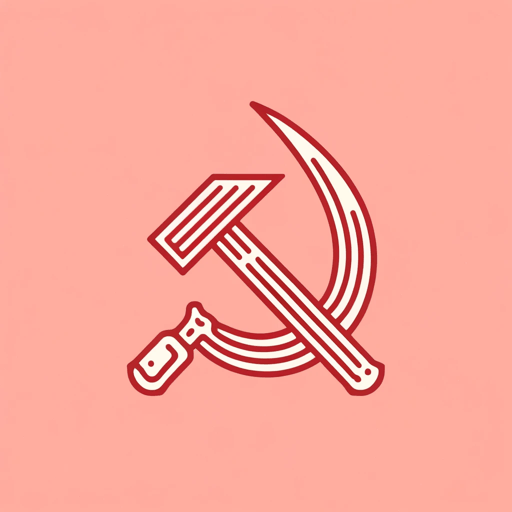45 pages • 1 hour read
Vladimir LeninThe State and Revolution
Nonfiction | Book | Adult | Published in 1917A modern alternative to SparkNotes and CliffsNotes, SuperSummary offers high-quality Study Guides with detailed chapter summaries and analysis of major themes, characters, and more.
Themes
The State as Instrument of Class Warfare
Many socialists and Marxists believe that it is possible to transform the state from within, winning public support and electoral power in order to enact policies beneficial to the working class. Lenin does not necessarily oppose such efforts: He sees them as the logical result of a capitalist society which grants people the right to vote even as it robs them of economic power. However, he insists that it is not sufficient. Regardless of who is in charge, regardless of how political power is distributed and institutionalized, the state is by its very nature a “special coercive force" (1.5) specifically designed to keep the working classes in subjection.
Lenin asserts that the modern state is itself a product of capitalism. Technological advancements make it possible for governments to exert total control over a territory and the people within it. Since this technological development also results in the immiseration of the workers, the growth of the state coincides with the development of repressive techniques that act as a “parasite” (2.2) on the very social order it is designed to protect. Lenin predicts that the state will become more centralized and capable in its repressive apparatus, driving greater masses of people into greater desperation, until a revolutionary tidal wave seizes control of the state.
Related Titles
By Vladimir Lenin


